The history of Cyprus as we know it dates back to the 6th century BC.
Much water has flowed down from the Troodos Mountains since then, many stones have been polished by the sea waves, and many different nationalities have filled Cyprus.
In ancient history Cyprus had a number of independent city-states. At different times Cyprus was part of Persia, Egypt, and in 58 BC Cyprus became a Roman province. In those ancient times the population of the island practiced paganism. In parallel in the neighboring (across the sea) Roman province of Judea, there were biblical events known to all. Here lay the earthly path of Jesus Christ.
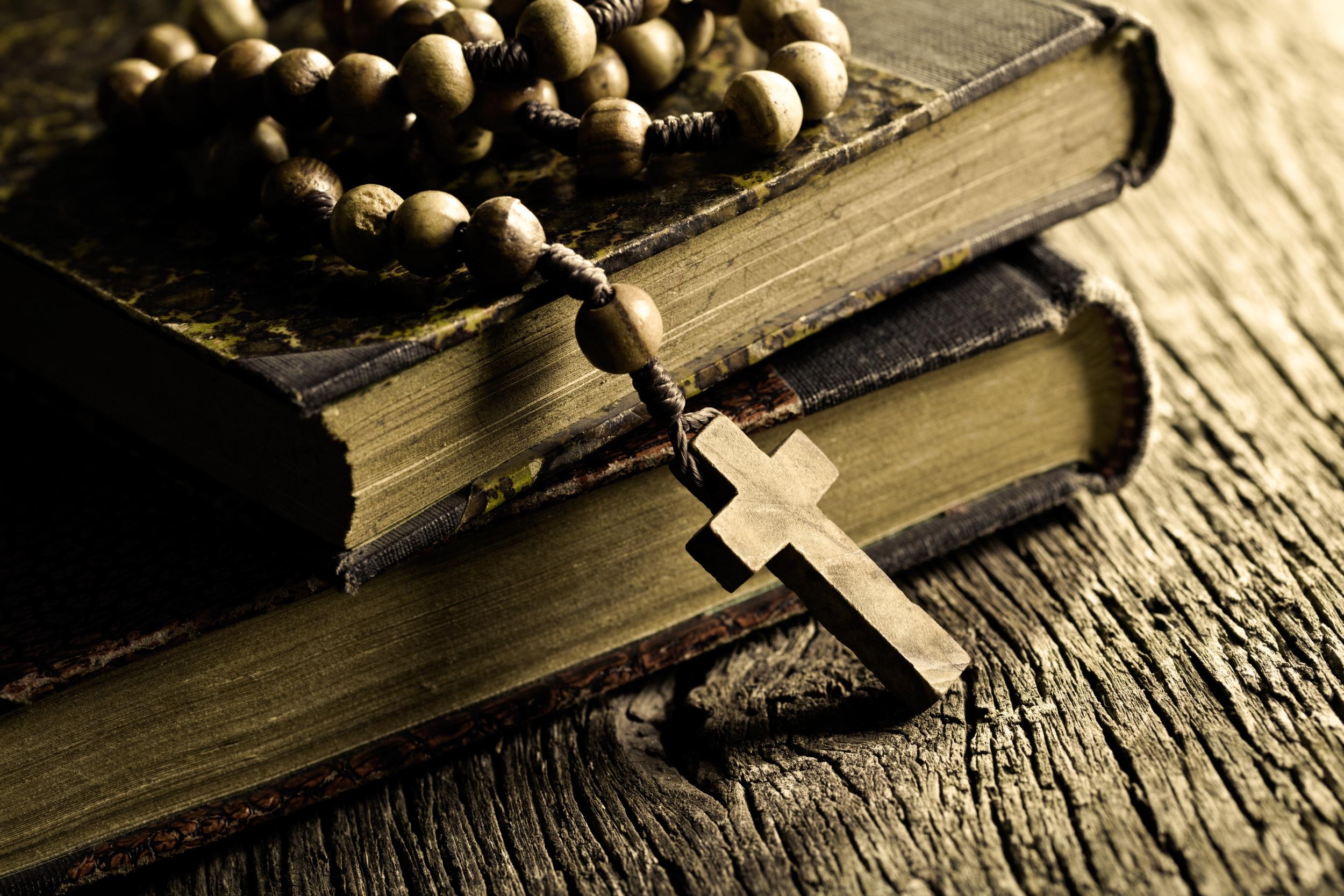
According to the Gospel of John, Jesus was friends with Martha and Mary, as well as with their brother Lazarus. While Jesus was preaching in the Jordan, his friend Lazarus fell ill and died. The family laid Lazarus' body to rest in the family crypt. On the fourth day after his death, Jesus came to his friend's resting place. Martha and Mary begged Jesus to raise their brother. Christ looked into the tomb where Lazarus' relics had already begun to decompose.
Lazarus, go away," he said in a loud, historic voice.
The moment Jesus said these words, Lazarus stood up, took his burial cloths, and went out of the cave into the street. The people around him gasped and parted. This unmistakable miracle was seen by many who believed in Christ, which greatly frightened and angered the Pharisees. From then on the Pharisees planned to kill both Lazarus and Jesus.
In the end they did not kill Lazarus, but drove him out of Judea, put him together with St. Maximinus and St. Celidonius in a boat without oars and let him go into the open sea. For several days the boat sailed along the Mediterranean Sea, until miraculously it came to the shores of Cyprus. Lazarus settled in the city-state of Kition (as Larnaca used to be called). According to legend, Kition was founded by Kittim, the grandson of Noah. This city was once the birthplace of the eminent philosopher Zeno, who founded the philosophical school of the Stoics.
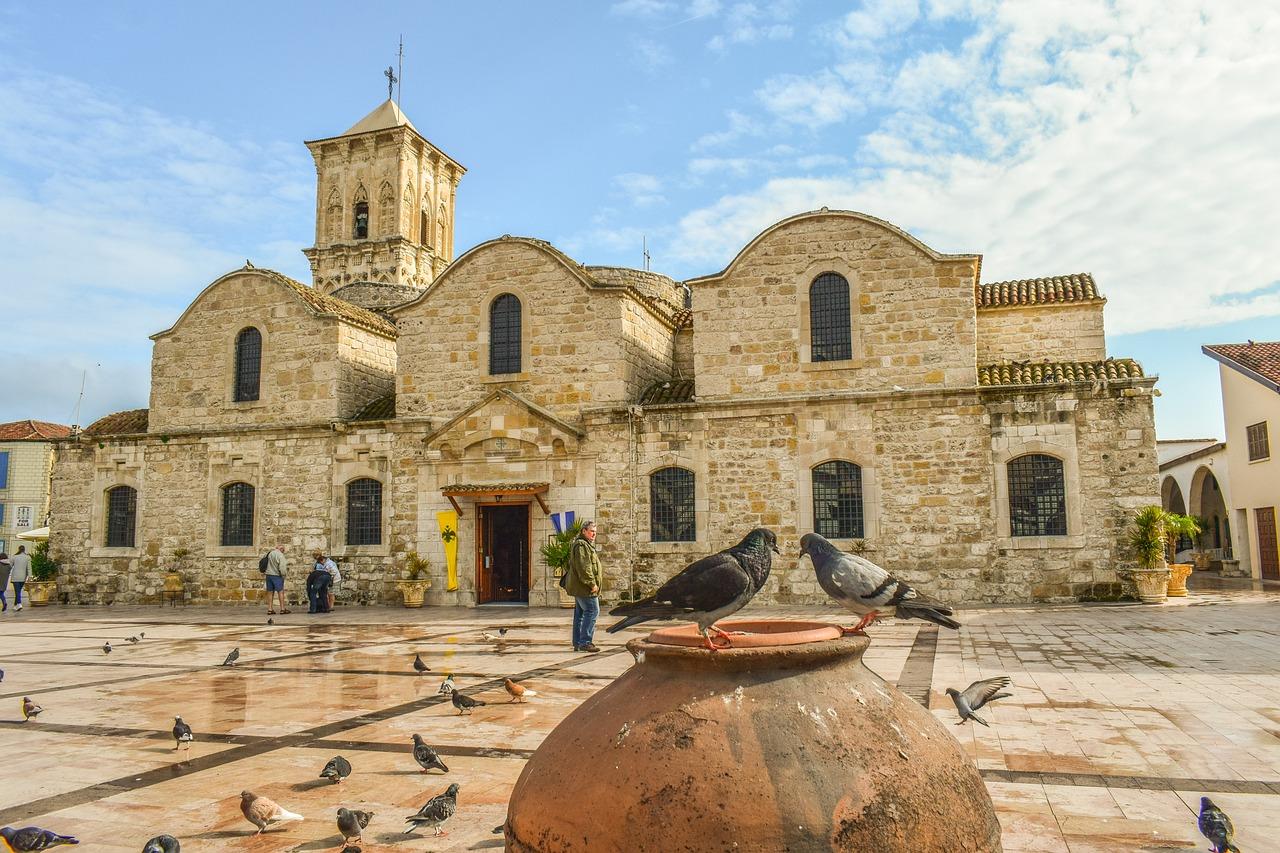
Епископом христианской церкви. Лазарь и апостолы всю свою дальнейшую жизнь проповедовали The apostles Paul and Barnabas ordained Lazarus and he became the first Bishop of the Christian Church in history. Lazarus and apostles all their further life preached the doctrine of Jesus Christ. According to legend, the Virgin even came to Cyprus to Lazarus and gave him a special service garment embroidered by her own hands.
Lazarus lived in Cyprus for about 30 years and died his second death at the old age of 63. Since those times Cyprus has been considered the cradle of Christianity.

Lazarus was buried in a stone crypt. According to tradition, Lazarus' tomb was lost during the Arab rule in the middle of the 7th century. The relics of the righteous Lazarus were found in 890 in a marble sarcophagus on which is written: "Lazarus of the Fourth Day, friend of Christ".
Later, the Church of St. Lazarus was built over his tomb, which has survived to this day. The church is one of the three Byzantine churches that have survived in Cyprus. The temple has an oblong rectangular shape with a tripartite apse on the facade. Inside the temple is divided into three naves with a bulky double colonnade and arched spans between them.
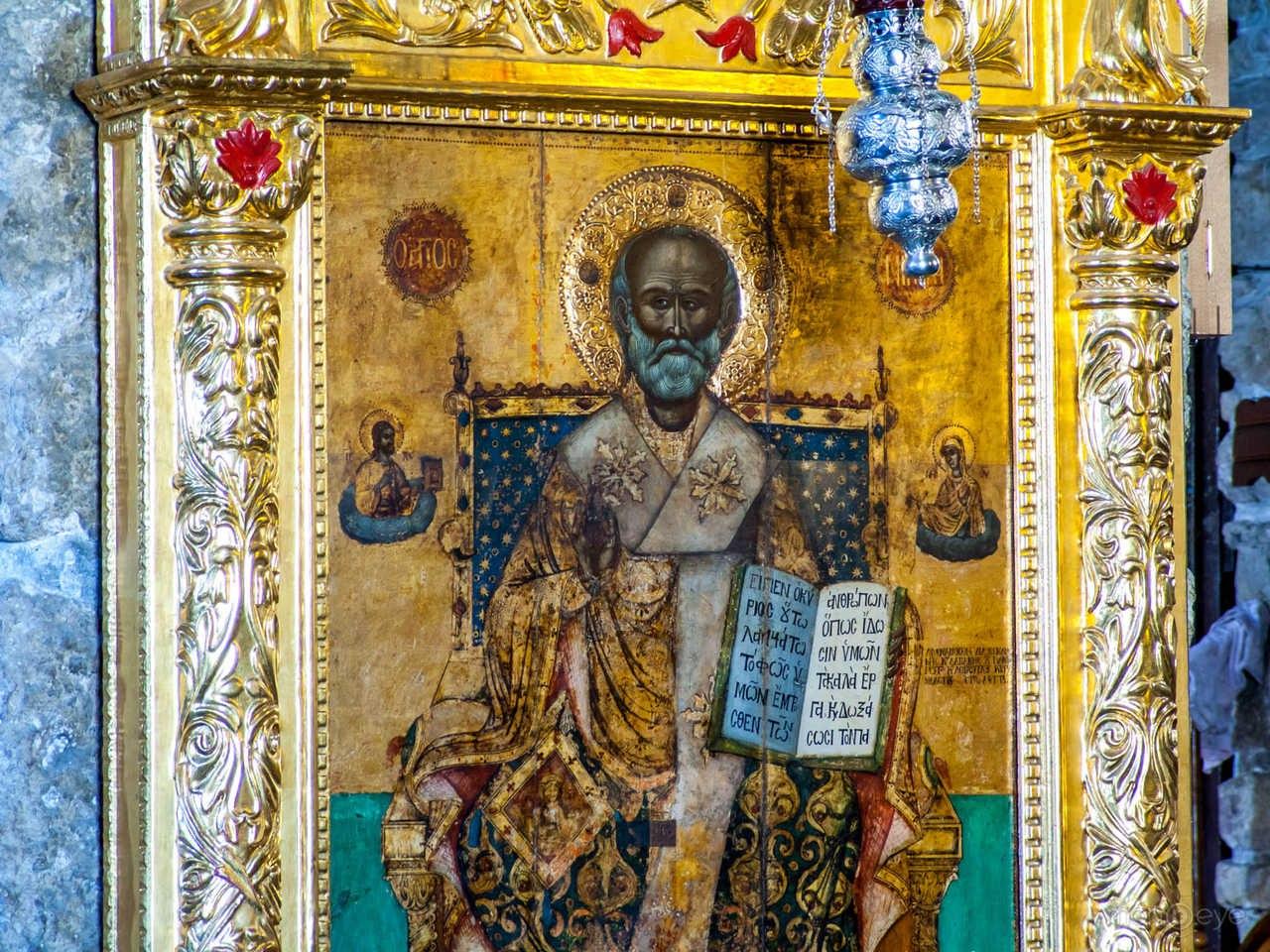
The temple is crowned with three domes and a bell tower on the south-eastern side. From XIII to XVI century, during the reign of the Venetians on the island, the temple belonged to the Catholic Church. A massive portico in the Gothic style was added to the south side of the church. Under Ottoman rule, the church was turned into a mosque and its three domes and bell tower were destroyed. In 1589 the Turks sold it to the Orthodox Church, and for the next two centuries the church was used for both Orthodox and Catholic services. After the end of Ottoman rule on the island, a bell tower was again added to the church.
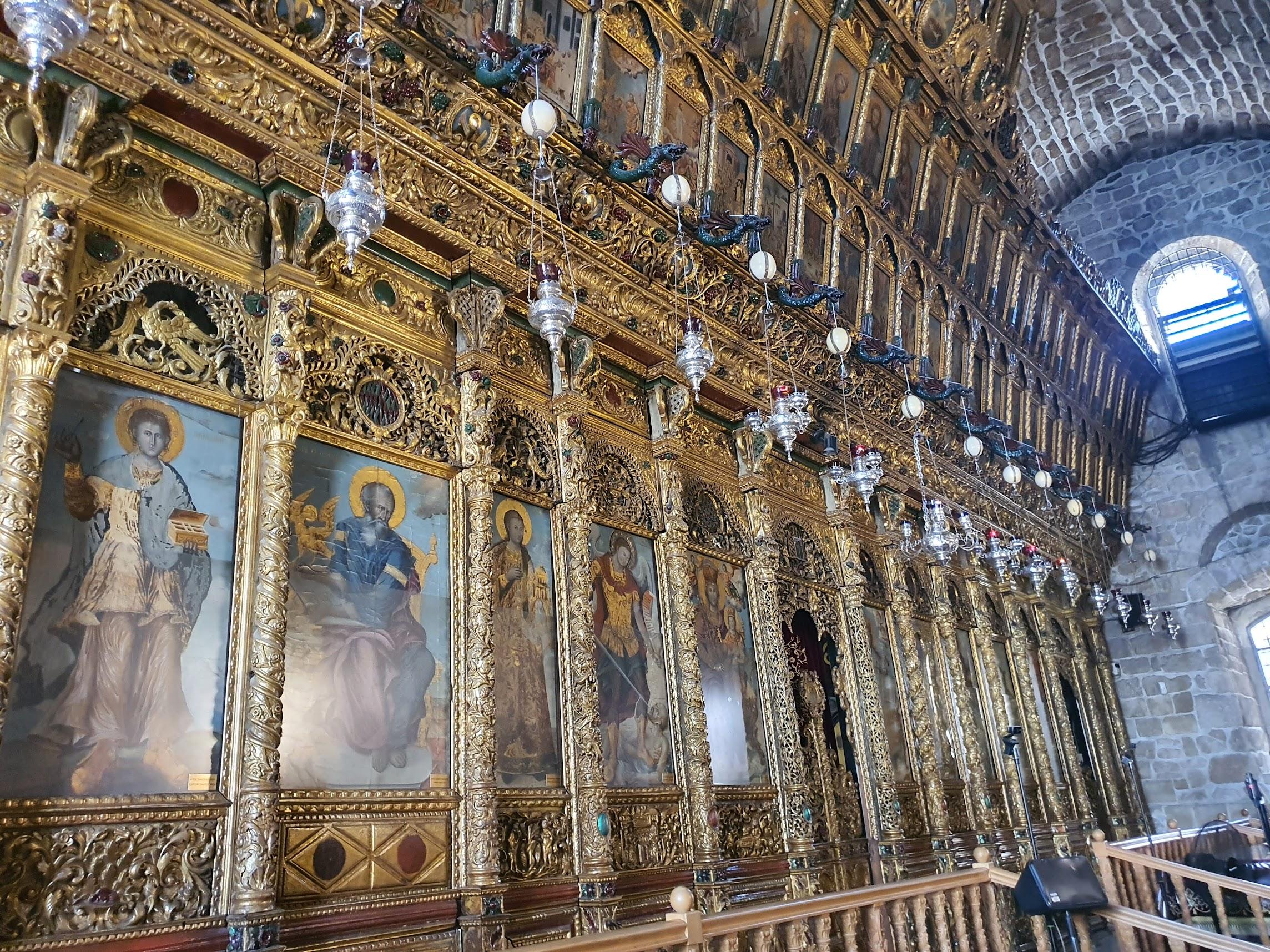
The church has a rich baroque iconostasis. It was made of expensive wood in the 18th century. The iconostasis is gilded and decorated with picturesque icons.
In 1970 the church had a misfortune - a strong fire. Part of the magnificent decoration of the church burned down. It was necessary to make a general repair, during which in November 1972, suddenly under the altar was discovered a cave, and in it a marble sarcophagus with human remains. They were identified as relics of St. Lazarus.
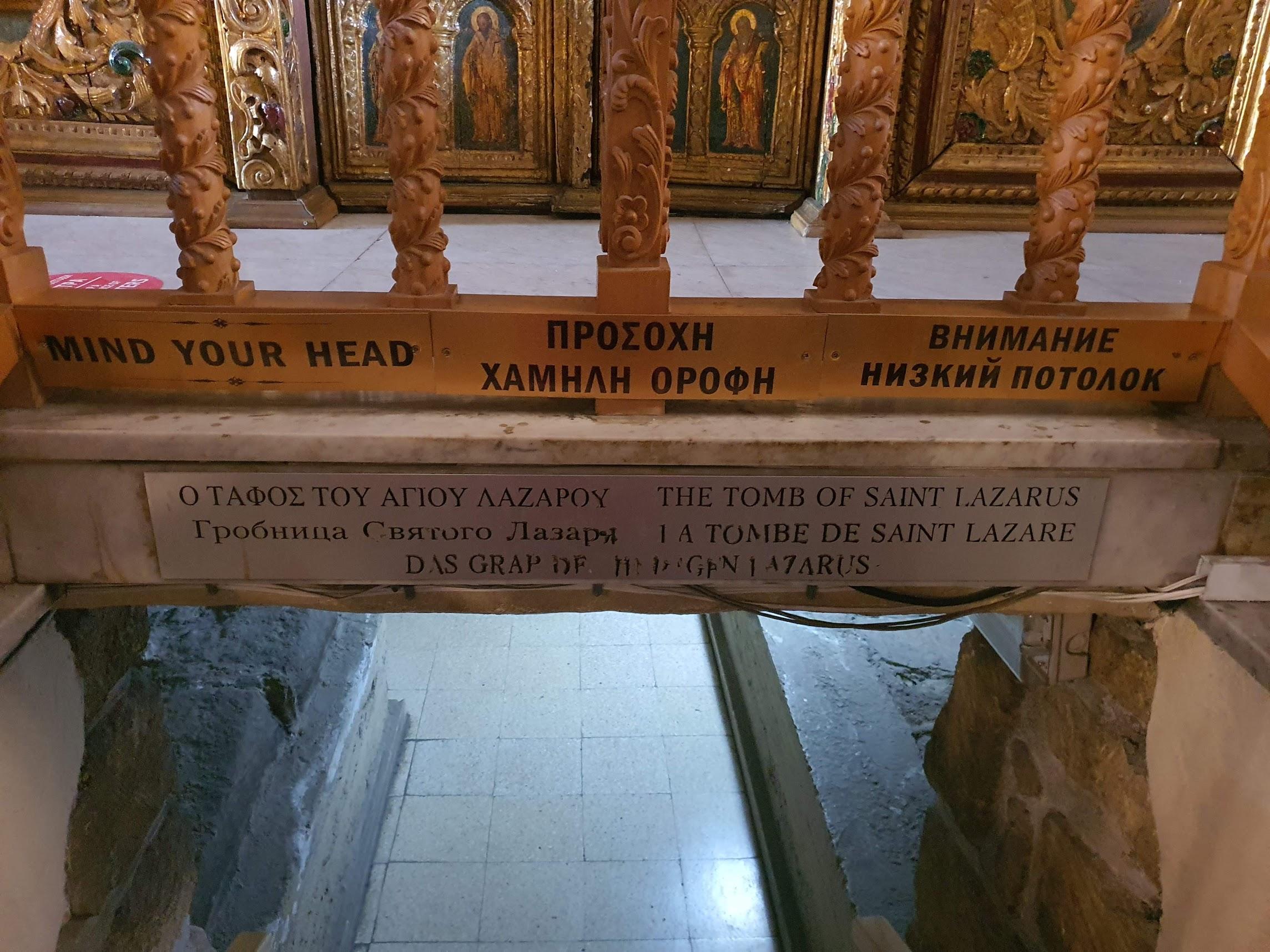 Nowadays, in the temple to the left of the iconostasis, a golden casket with the holy relics of St. Lazarus is exhibited for worship. Part of the relics of Lazarus was transferred to Constantinople, and then to Marseilles, where according to Catholic tradition Lazarus also preached.
Nowadays, in the temple to the left of the iconostasis, a golden casket with the holy relics of St. Lazarus is exhibited for worship. Part of the relics of Lazarus was transferred to Constantinople, and then to Marseilles, where according to Catholic tradition Lazarus also preached.
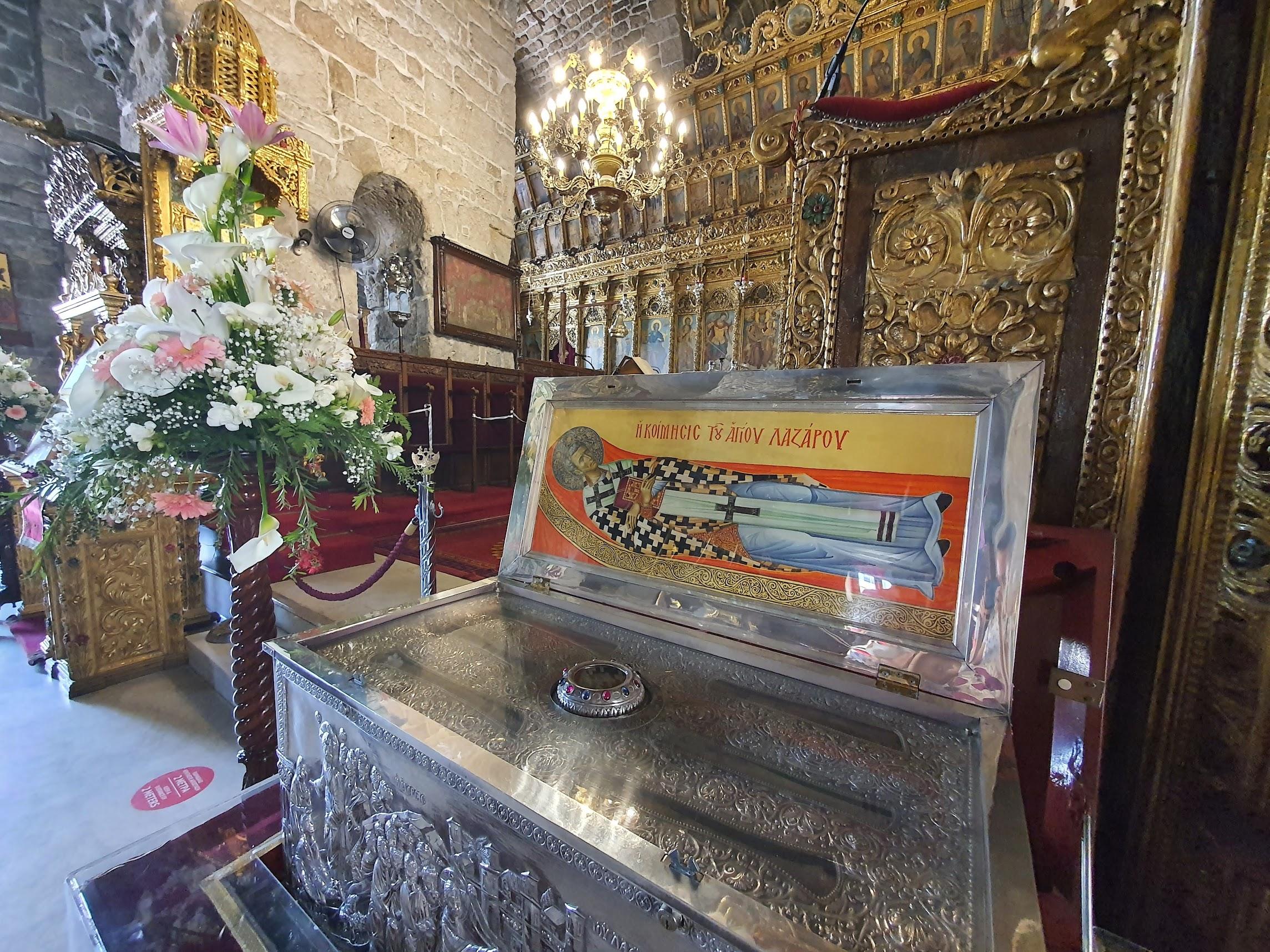
Parishioners of the church and tourists can go down to the tomb of Lazarus directly from the church premises on a small staircase. In the cramped and low stone tomb there are two empty sarcophagi, one of which belonged to Lazarus. There is also a spring of holy water flowing in the tomb.
The Shrine of St. Lazarus is open to the public. On the last weekend before Easter, Orthodox Christians celebrate Lazarus Saturday. At this time pilgrims from all over the world flock to Larnaca. The faithful ask Lazarus for healing from illnesses. In gratitude they traditionally bring to the temple waxed little men or body parts, depending on what Lazarus helped them with.
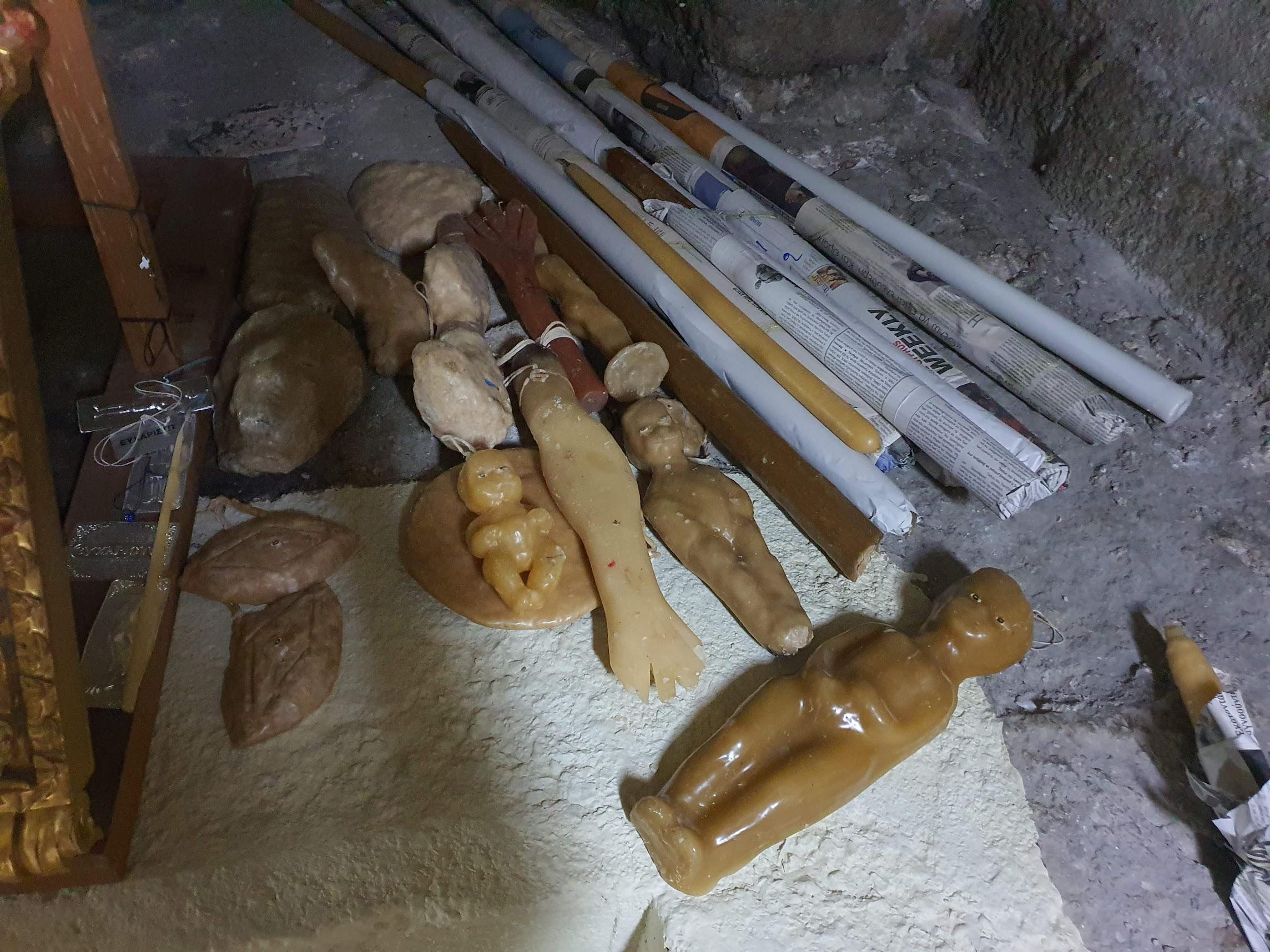
Another important shrine is located on the shore of the Larnaca Salt Lake, where Umm Haram, aunt of Prophet Muhammad, is buried.
There is a version that she was a nurse even foster mother of the great prophet. According to legend, Umm Haram sailed to Cyprus at the head of a detachment of Muslim Arabs ships to establish the Islamic religion on the island. This became the first naval military campaign in the history of Islam. Umm Haram's husband was the head of the Muslim navy and his wife accompanied him on the campaign. She was no longer of age. During the landing on the island, Haram broke her neck and died falling from her horse. Umm Haram was laid to rest at the place of her death on the shore of the Salt Lake. A tomb was erected over the grave. And in 1760, the beautiful Hala Sultan Tekke Mosque was built.
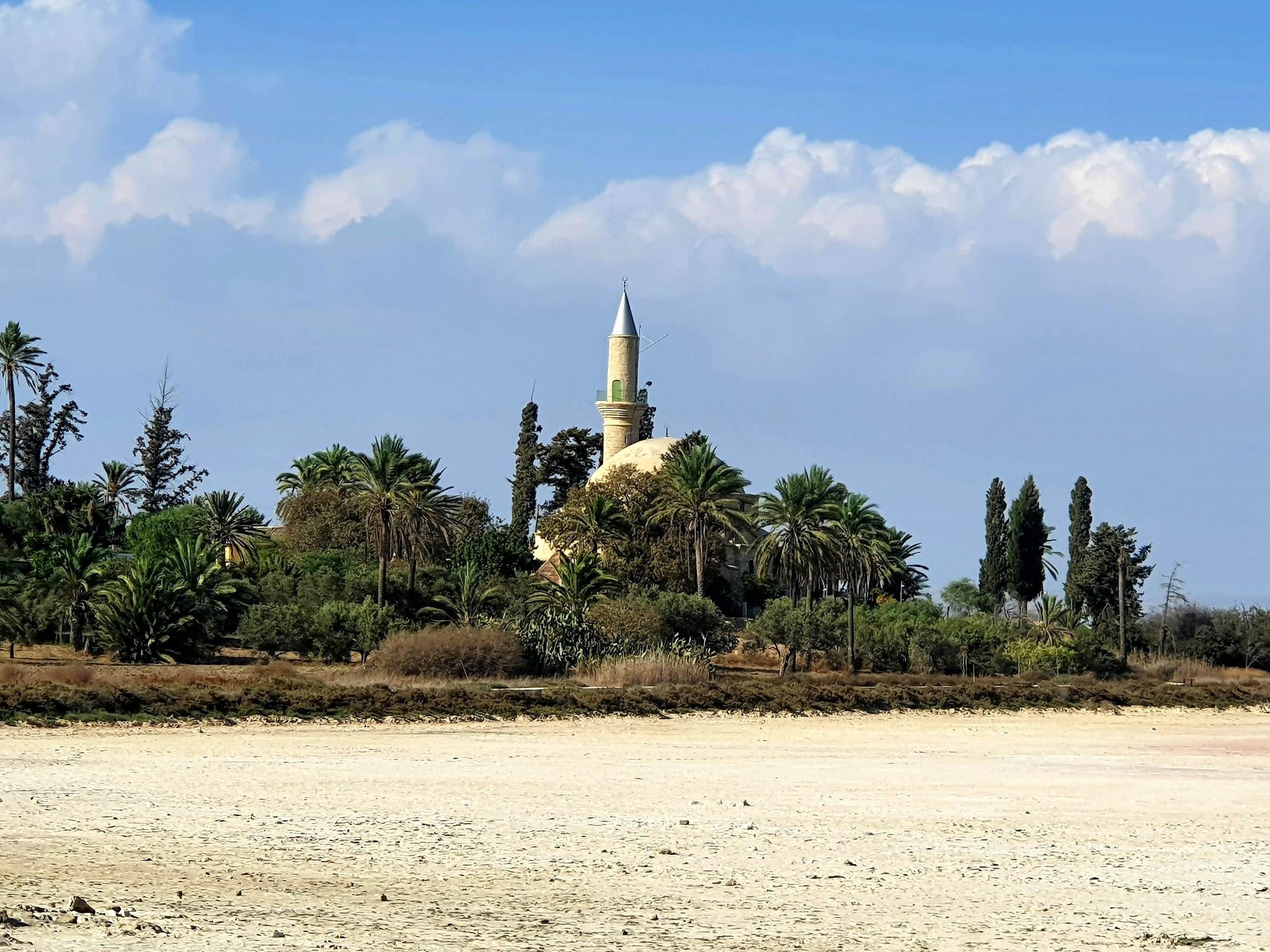
The mosque is a popular place for pilgrims from Islamic countries and tourists. It is considered the 5th most important Muslim shrine in the Islamic world. Around the mosque there is a whole complex of buildings, which includes a mausoleum, minaret and houses for employees and pilgrims. On hot evenings, the mosque offers a beautiful view of the sunset from the side of the salt lake.
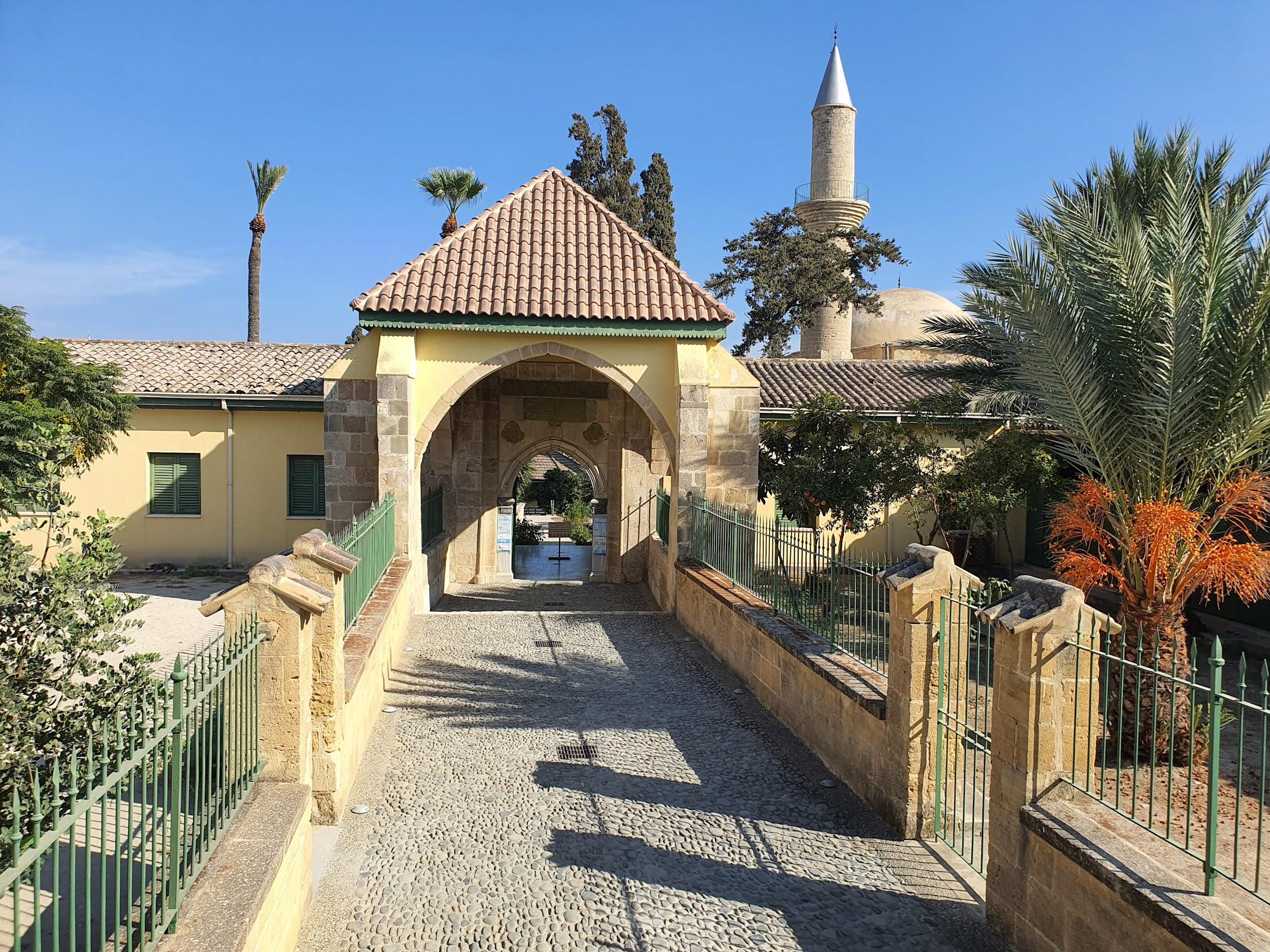
For several centuries during the Venetian Empire the town of Kition was called Alikes or "Salt Lakes" and in the 16th century the town of Kition was renamed Larnaca, which means "tomb" in Greek. Nowadays, Larnaca is the third largest city in Cyprus. Larnaca is home to an international airport with the same name. The name Kition has been retained for the harbor part of the city.
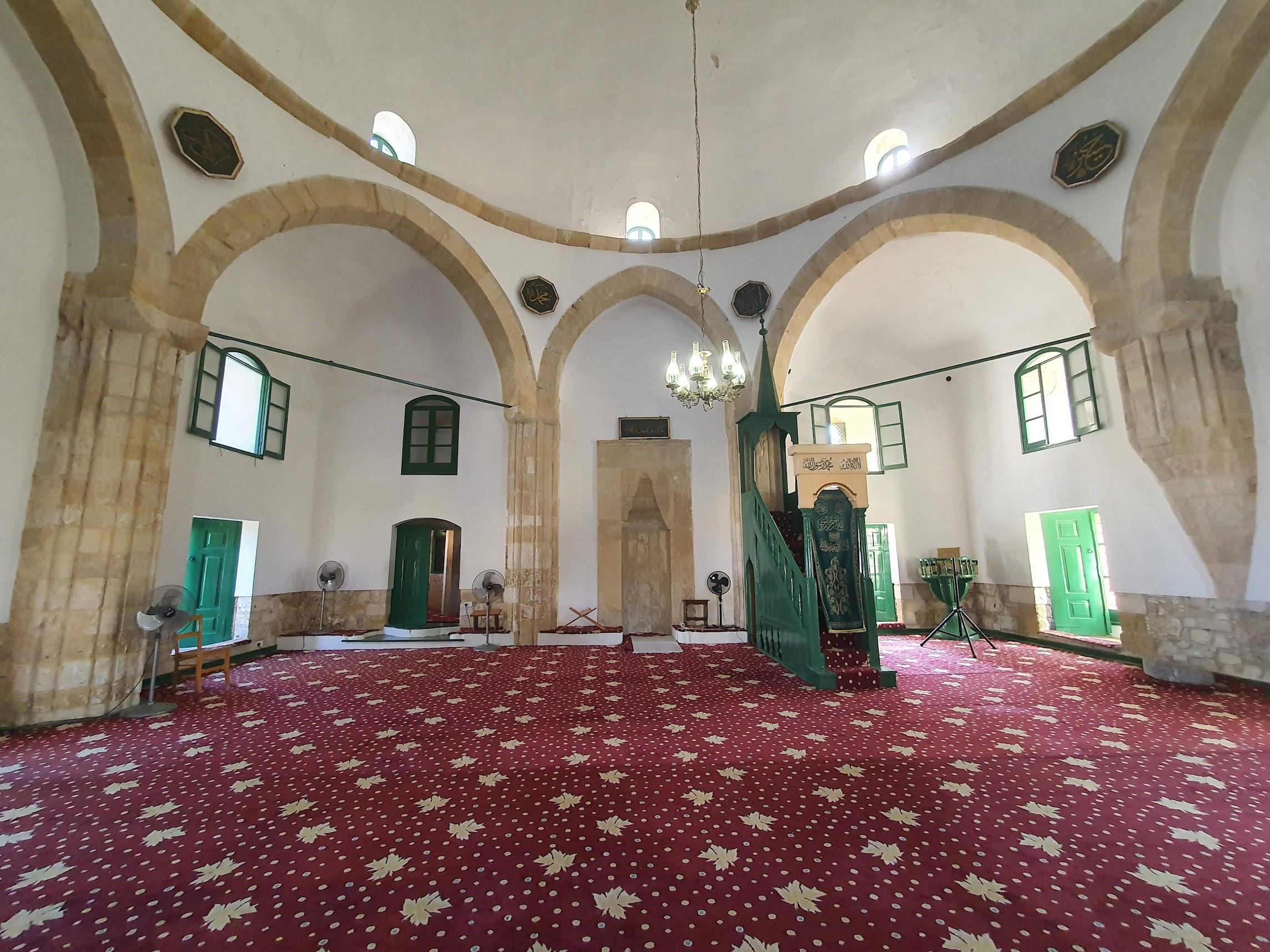
I wish you, if you have the opportunity to visit the sanctuaries of the ancient city, to be imbued with its history, to feel the energy of these molten places and to find a point of support and spiritual growth. It is a special grace to be able to live nearby and visit the shrines regularly.
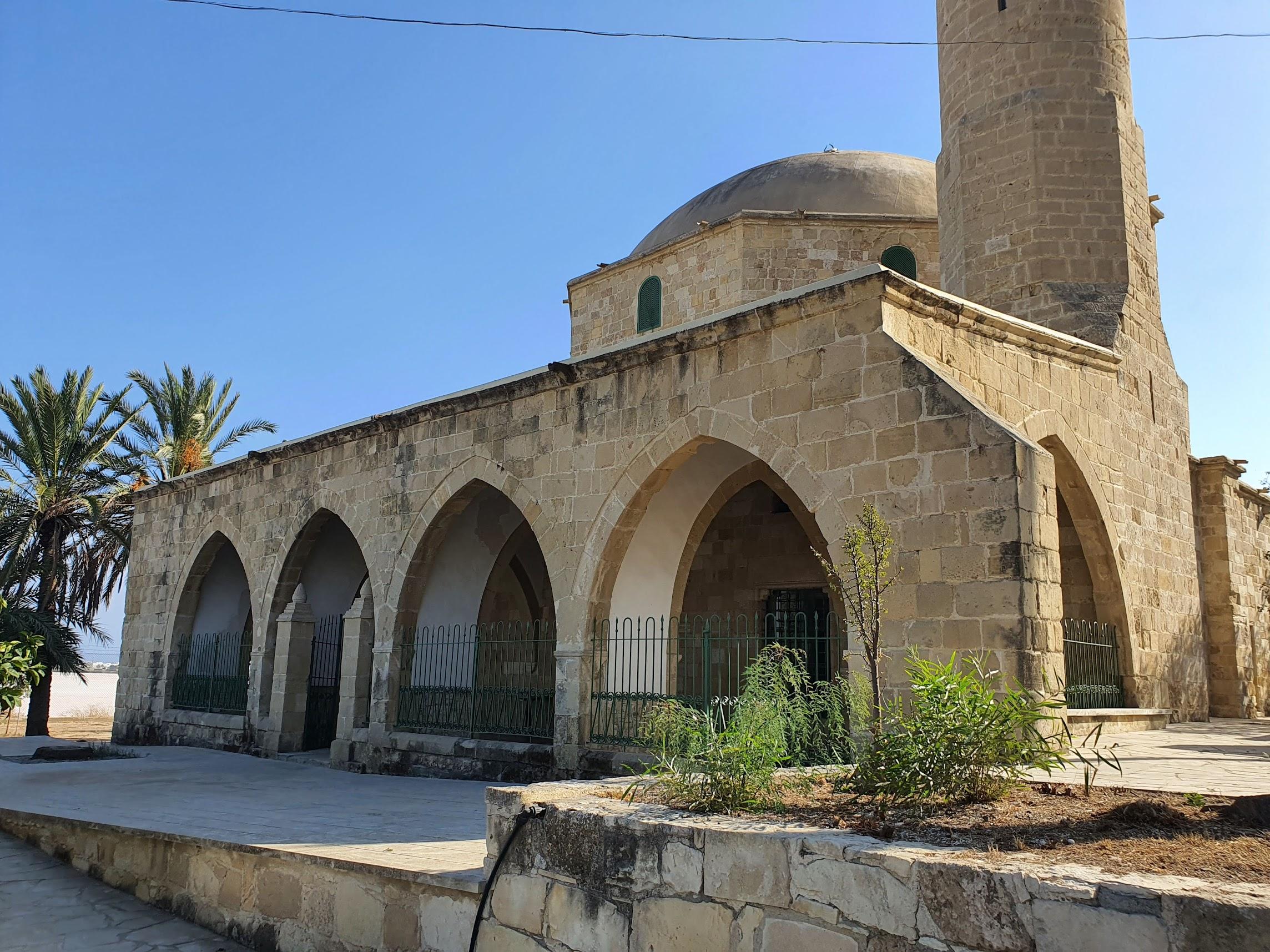
Read also:

